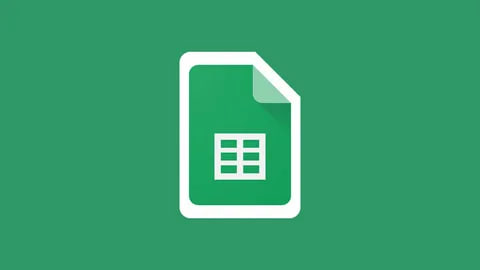As we all face the reality of managing money today, it is very important we make it easy for us. It is really not difficult to master the basics and get about the business of directing your money towards the future you aspire to.
1. Make a Budget
In my opinion the most important step to take is that of establishing a budget to determine what is being spent each month. they said it can be useful to monitor income and expenses for at least 1-2 months to notice tendencies in spending. Try to use free templates for the budget or to apply for the budgeting application. Bear in mind tense “requirements” as opposed to flexible “desires”.
2. Reduce Expenses
Take time to scrutinize expenses so you know where you may effect minor reductions. Reduce your living expenses, commuting, eating out, and going out expenses. Search for weekly or monthly magazines which are not being read or necessaries purchased without much thinking. Looking for any saving, however tiny, can help an organization save operational cost soon enough.
3. Increase Your Income
Whether discussing a promotion, job transition, or selling products — getting more bucks provides more money to set aside for rainy days and future pioneering. Particularly, freelancing alongside part-time jobs and side hustles is your best strategy.
4. Pay Down High Interest Debt
If using credit cards or taking loans, then prioritize to pay the highest interest charges. This clears payment and saves amount on interest. The interested rates have become lower, either via negotiations with creditors or by moving the balances.
5. Establish an Emergency Fund
Allocating money for three to six months for living expenses lowers costs in the event of unanticipated costs, and eliminates the requirement for minor loans. Contribute ($20) every month on tone-a-page until the page total surpasses the goal. Select an easily accessible savings/Money Market account.
6. Provide Funds to Retirement Plans
Take employers’ 401K matching contributions programs. By age thirty three, open another IRA, either Roth or traditional, for other tax-sheltered retirement savings and investments. Consistently contribute and properly select the right investment to make.
7. Invest Extra Money
Invest wisely by covering all your bases and buying mostly index funds and Exchange Traded Funds (ETF’s). Learn your level of risk. Shooting for ongoing economic growth, in place of rapid profit. Start investing as early as you can and you don’t need to invest a lot of money initially; you just need to be consistent.
8. Automate Finances
Certainly, use automatic transfers for both savings and investment. Use online bill pay. Users must manage their money with a systematic approach to ensure the process can be manageable. This results in a certain measure of similarity and does not impose a lot of work.
9. Protect Your Credit
It’s important to keep credit utilization low and pay on time so you can enjoy a superior credit score for loan references. Correct the mistakes made on credit reports. View credit freezes as strategies to stop identity theft before it occurs.
10. Stay Organized
Employ smartphone applications and online platforms to save money data and control funds at the same time safely. Place patient records into folders shown with clarity. Encourage the preparation of annual meetings with finances.
Understanding and utilizing these tips in your personal finance, you will be in apposition to make proper money choices, accomplish your money objectives on a faster pace and without stress knowing that your finance is in order. What tips would you add? There are always questions about money, what do you have in mind?



